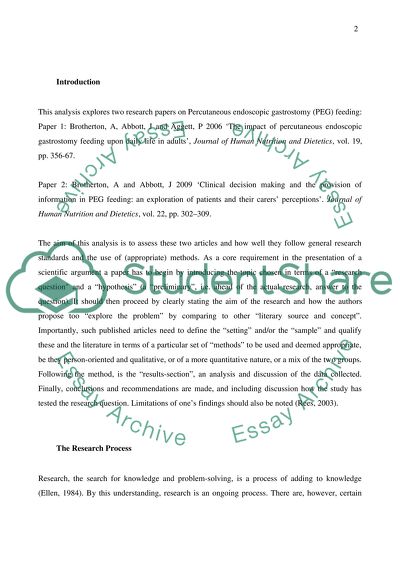Cite this document
(“Critical analysis on two primary research papers Essay”, n.d.)
Retrieved from https://studentshare.org/environmental-studies/1421162-critical-analysis-on-two-primary-research-papers
Retrieved from https://studentshare.org/environmental-studies/1421162-critical-analysis-on-two-primary-research-papers
(Critical Analysis on Two Primary Research Papers Essay)
https://studentshare.org/environmental-studies/1421162-critical-analysis-on-two-primary-research-papers.
https://studentshare.org/environmental-studies/1421162-critical-analysis-on-two-primary-research-papers.
“Critical Analysis on Two Primary Research Papers Essay”, n.d. https://studentshare.org/environmental-studies/1421162-critical-analysis-on-two-primary-research-papers.


